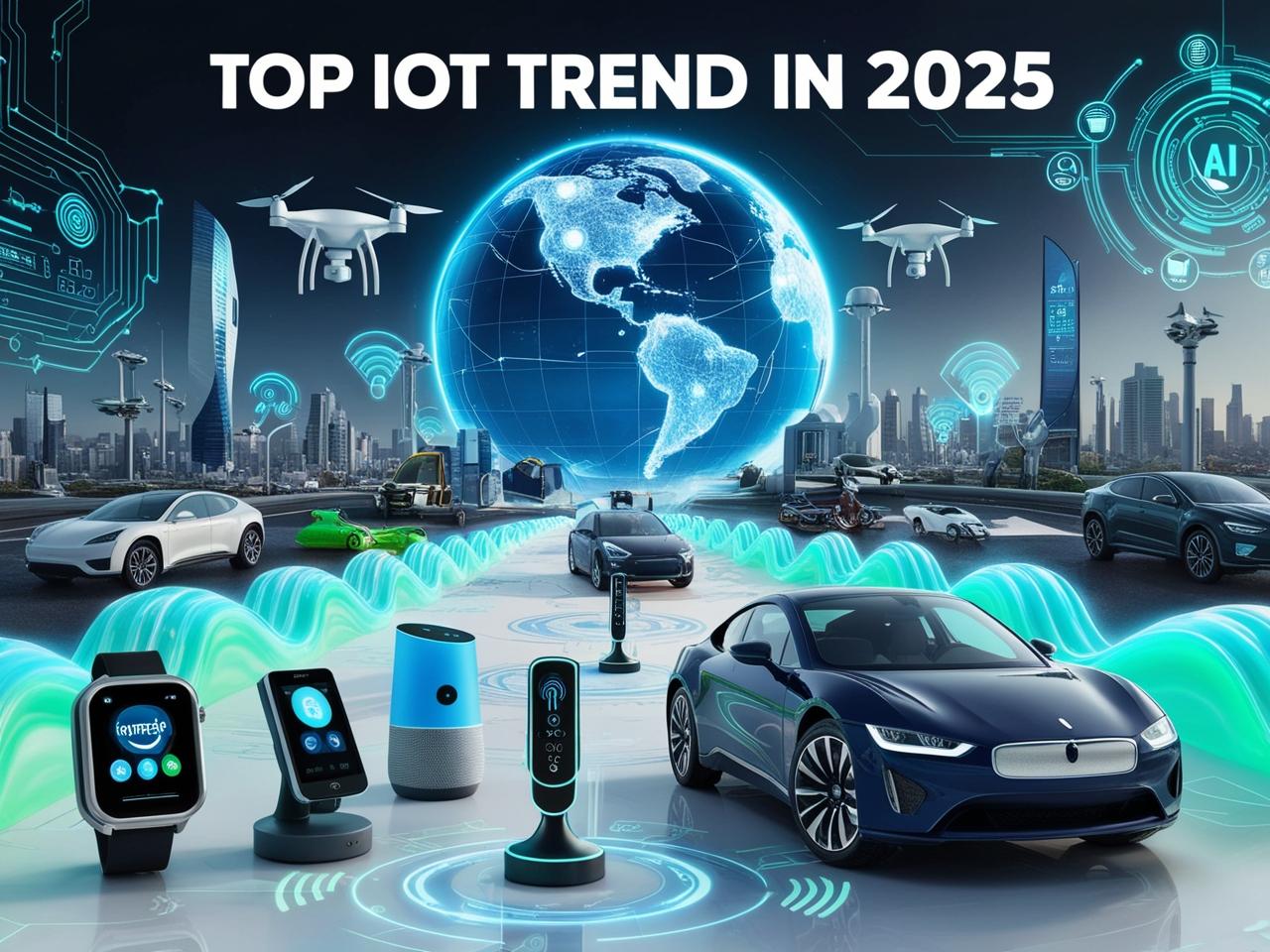Introduction: A New Era of Connection
In 2025, we are witnessing a profound shift in how technology weaves itself into our lives. The Internet of Things (IoT), once a futuristic concept, is now the backbone of modern convenience, intelligence, and efficiency. It is not just a technological trend—it is the nervous system of our connected world, silently orchestrating actions, decisions, and insights.
IoT links billions of devices—from your smartwatch to your smart fridge, from city infrastructure to agricultural drones. This seamless interconnection brings about profound changes that redefine how we live, work, travel, and interact.
Let’s explore the top 11 reasons why IoT is poised to revolutionize your everyday life in 2025.
1. Smarter Homes That Think for You
The modern home is no longer just a shelter; it’s an intelligent ecosystem designed to learn from your habits and adapt in real-time. Smart thermostats adjust based on your daily routine and weather forecasts. Lighting systems dim or brighten as you enter or leave a room. Smart appliances, like refrigerators and ovens, can suggest recipes, reorder groceries, or operate remotely via voice or app.
Voice assistants have become more than just tools; they’re your digital concierge. Integrating IoT with AI, these assistants anticipate needs, provide reminders, manage your calendar, and even improve security by controlling locks, alarms, and surveillance systems.
The benefit? Seamless comfort, energy efficiency, and enhanced safety—all without lifting a finger.
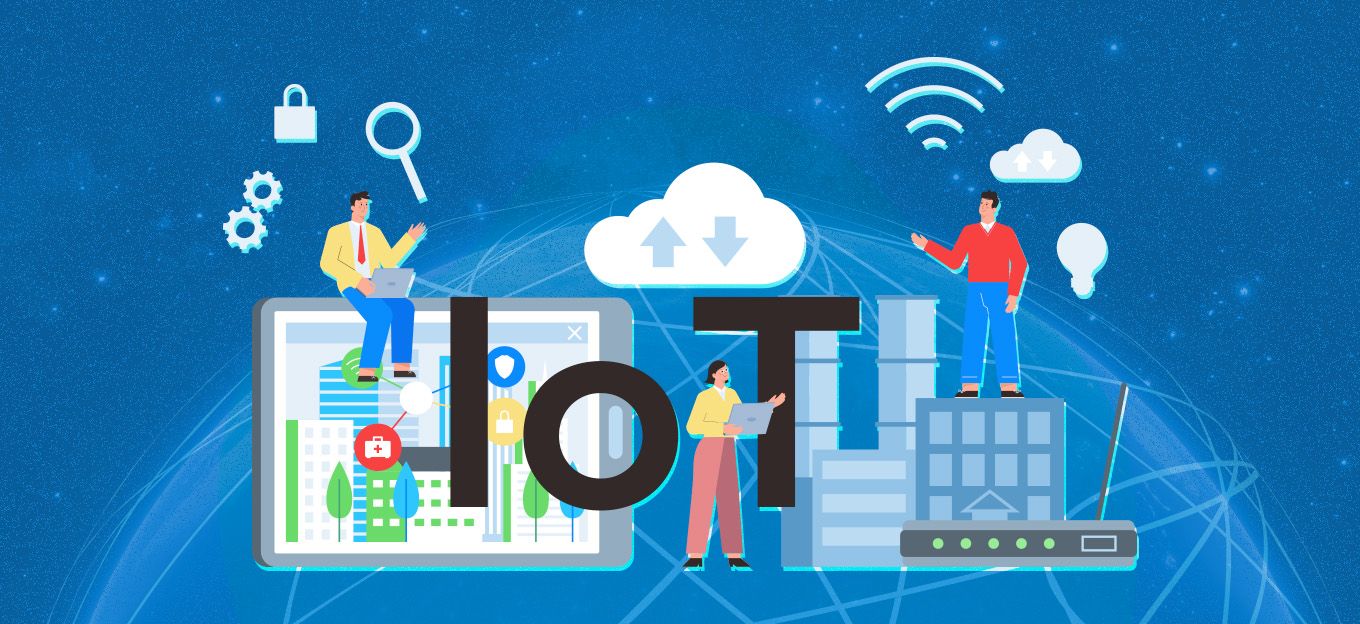
Top 11 Reasons IoT Will Revolutionize Your Daily Life in 2025
2. Revolutionary Healthcare Monitoring and Management
IoT is transforming healthcare from reactive to proactive. Smartwatches and wearable health devices constantly monitor heart rate, blood pressure, blood oxygen levels, and even detect anomalies like arrhythmias or signs of fatigue. In 2025, continuous glucose monitors and remote ECGs have become standard among at-risk patients.
Doctors and health providers access real-time data, enabling early intervention and personalized care. Seniors living alone benefit from fall detectors, medication reminders, and emergency alerts sent automatically to caregivers.
This real-time, patient-centered care model reduces hospital visits, enhances treatment outcomes, and adds invaluable peace of mind.
3. Enhanced Personal Safety and Security
IoT has made personal and property security more intuitive, dynamic, and accessible. Smart locks eliminate the need for keys, allowing remote access control. Video doorbells let you see and communicate with visitors from anywhere. Advanced sensors detect motion, broken windows, or gas leaks, instantly notifying homeowners.
In 2025, home security integrates with AI to distinguish between usual and unusual patterns, reducing false alarms and providing more accurate alerts.
Whether you’re home or away, IoT ensures that your environment is always under intelligent watch.
4. Seamless Transportation and Navigation Experiences
IoT is revolutionizing mobility by connecting vehicles, traffic infrastructure, and navigation systems in real-time. Smart traffic lights adjust dynamically to reduce congestion. Connected vehicles receive updates on traffic jams, accidents, and road conditions, optimizing travel routes instantly.
In 2025, car infotainment systems are now fully integrated with personal calendars, smart home systems, and voice assistants. Your car warms up as you prepare for work, suggests less congested routes, and even schedules maintenance based on sensor data.
Public transportation benefits too—buses and trains communicate arrival times, crowd density, and reroute options.
Every journey becomes smarter, smoother, and less stressful.
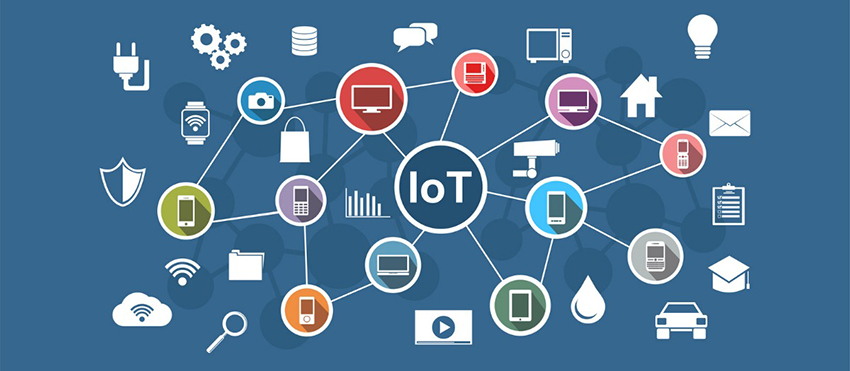
Top 11 Reasons IoT Will Revolutionize Your Daily Life in 2025
5. IoT-Driven Personalized Shopping and Retail
Retail is now an immersive, personalized experience. IoT sensors track customer behavior in stores, while smart shelves notify staff about restocking needs. Beacons send personalized offers based on location, purchase history, and preferences.
Online shopping platforms leverage IoT to predict what you need before you know it—by integrating with home appliances, voice searches, and wearables. Imagine your coffee maker signaling you’re out of beans and automatically reordering your favorite blend.
In-store, smart mirrors let customers try on clothes virtually. Payment is contactless and fast, often triggered by just walking out with the items, thanks to RFID and computer vision.
The shopping experience is now hyper-personalized, efficient, and satisfying.
6. Sustainable Living and Energy Efficiency
Sustainability has become a priority, and IoT plays a vital role. Smart meters track energy and water usage, offering insights and suggestions for reducing consumption. Thermostats and lighting systems are optimized to minimize waste.
In 2025, many households and commercial buildings use smart solar panels and battery systems that communicate with the grid, selling excess energy and optimizing usage during peak hours.
Automated irrigation systems monitor soil moisture and weather patterns to water plants only when needed. IoT even supports waste management, with smart bins that monitor fill levels and optimize collection routes.
The result? A meaningful reduction in our environmental footprint through real-time efficiency.
7. Connected Kitchens and Food Safety
The kitchen has become one of the most IoT-saturated areas in the home. Refrigerators track expiration dates and suggest recipes using ingredients you already have. Ovens can be controlled remotely or programmed via voice to start cooking based on your schedule.
In 2025, IoT ensures food safety with smart sensors that detect temperature changes and spoilage in real-time, sending alerts directly to your phone.
Smart coffee makers start brewing when your alarm goes off. Blenders track nutritional intake. Even dietary restrictions and allergies are accounted for in personalized meal suggestions.
Meal prep and food safety have never been more intuitive or intelligent.
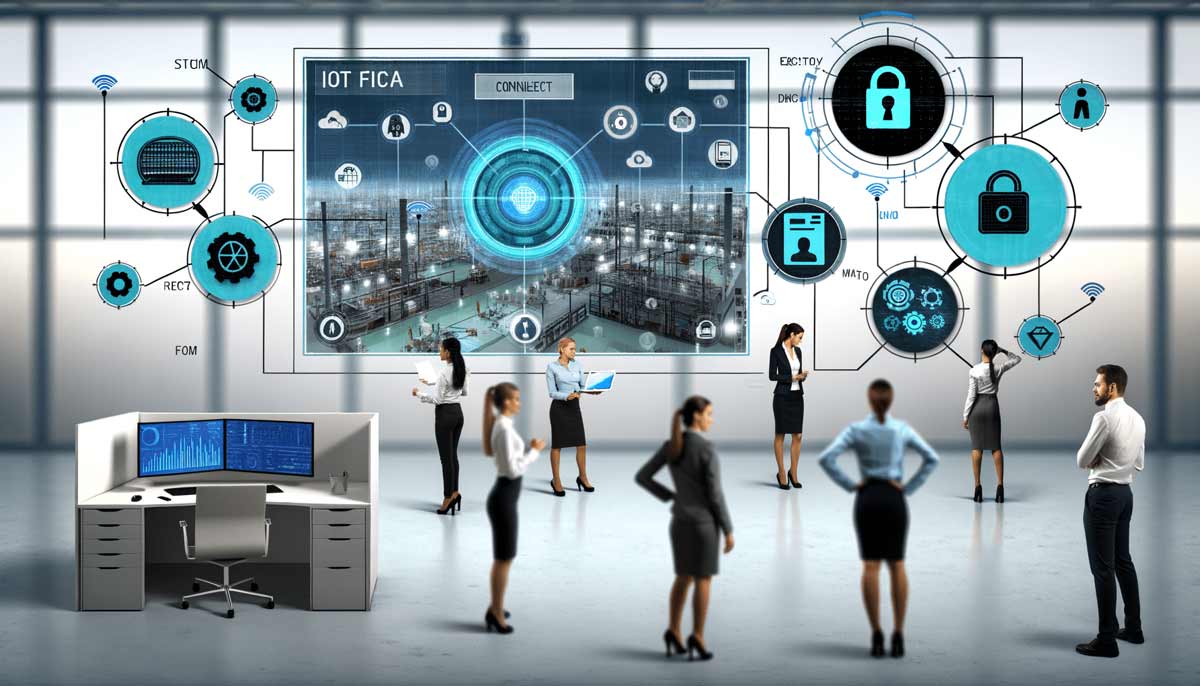
Top 11 Reasons IoT Will Revolutionize Your Daily Life in 2025
8. Smart Agriculture and Food Production
IoT is transforming agriculture with precision farming. Drones equipped with sensors monitor crop health, soil quality, and water levels. Smart irrigation systems water only the areas that need it, reducing waste.
In 2025, farms use autonomous tractors and harvesters that follow GPS-guided paths and optimize operations. Livestock are fitted with health-monitoring tags to prevent outbreaks and ensure humane treatment.
From seed to table, IoT ensures food is produced more sustainably, efficiently, and safely.
9. Education Revolutionized by Smart Classrooms
IoT brings classrooms to life—whether physical or virtual. Interactive whiteboards, student wearables, and smart projectors make learning immersive. Teachers track engagement levels, attendance, and even emotional states to personalize instruction.
Remote learning platforms integrate IoT tools to monitor posture, concentration, and participation. In 2025, AI and IoT combine to adapt content to students’ learning styles in real time.
This intelligent learning ecosystem makes education more inclusive, engaging, and effective.
10. Business Optimization Through IoT
Companies leverage IoT to gain real-time visibility into operations, customer behavior, and equipment performance. Warehouses use smart sensors for inventory tracking, temperature control, and predictive maintenance.
In 2025, businesses harness IoT to enhance customer experiences through personalized interactions, efficient supply chains, and smarter service delivery.
The outcome? Reduced costs, increased productivity, and happier customers.
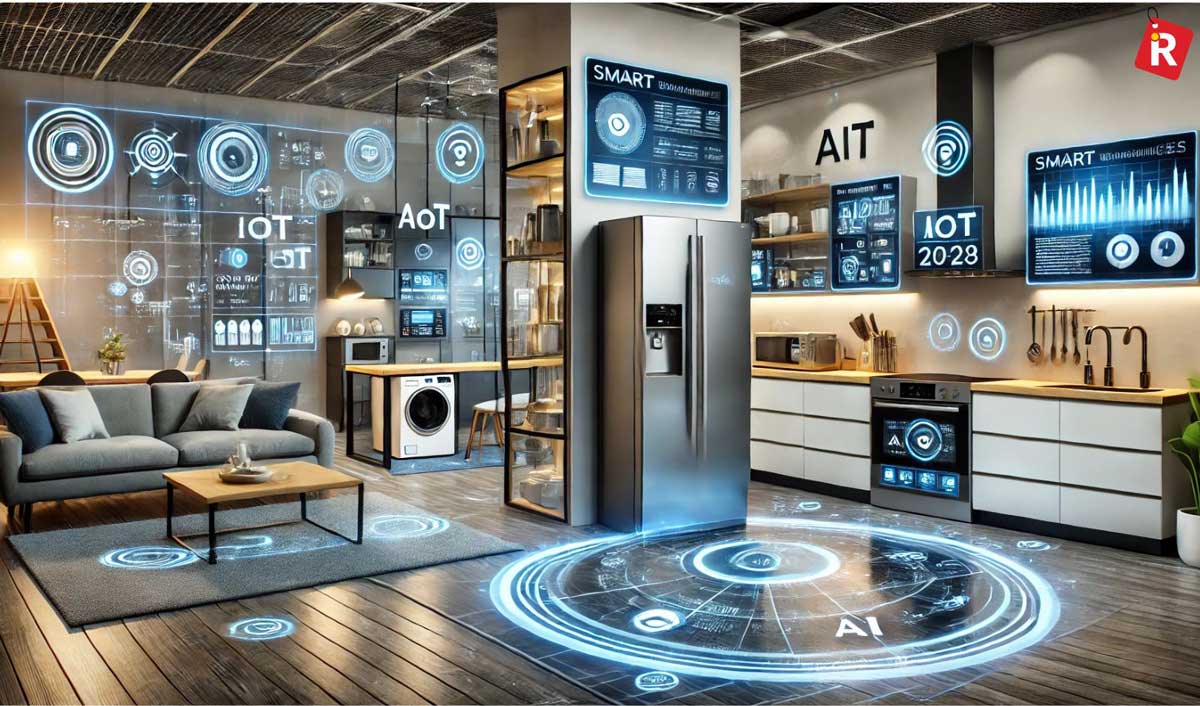
The-Future-of-Consumer-Durables-How-Smart-Technology-is-Transforming-Household-Appliances-
11. Smart Cities: Infrastructure That Thinks
Urban environments are evolving into smart cities. IoT-enabled infrastructure manages traffic, monitors air quality, detects potholes, and ensures optimal energy use.
Streetlights dim when no one is around. Waste bins signal when they’re full. Emergency services get real-time location data for quicker response.
In 2025, smart city technology improves sustainability, safety, and convenience on a massive scale.
Your Essential Questions Answered About IoT (khafanus standard)
Why is IoT critical to our future?
Because it connects disparate systems and devices, enabling smarter, more efficient, and personalized experiences that improve wellbeing and sustainability.
What are the factors of IoT’s rapid growth?
Advances in wireless communication, miniaturization of sensors, cloud computing, and growing demand for automation and data-driven decision-making.
What are the reasons of concerns around IoT adoption?
Security vulnerabilities, privacy issues, lack of standardized protocols, and environmental impacts of device production and disposal.
How can users guide their IoT adoption journey?
By evaluating needs, prioritizing security, starting small, and choosing interoperable, scalable solutions with reliable support.
How to maximize the benefits of IoT?
Integrate devices thoughtfully, leverage data insights, stay updated on security practices, and continuously evaluate system performance.
What is a list of must-have IoT devices for homes and businesses?
Smart thermostats, security cameras, connected lighting, health wearables, industrial sensors, smart meters, and voice assistants.
Where can IoT create the biggest impact?
Healthcare, agriculture, smart cities, industrial automation, transportation, and energy management.
When should organizations invest in IoT?
Immediately, with strategic planning to leverage competitive advantages and operational efficiencies early.
Who are the key players driving IoT innovation?
Technology companies, startups, governments, industry consortia, and academia collaborating to develop standards and solutions.

The Future of Swimming Pools & Spa in 2025: Wellness, Tech & Total Transformation
Conclusion: Living in a World Transformed by IoT
IoT isn’t just a technology—it’s a movement, a transformation that’s redefining how we connect with the world and with each other. In 2025, its presence is ubiquitous, its influence monumental, and its promise just beginning to unfold. The only question left is: are you ready to fully embrace the revolution?
Recommended Video :


